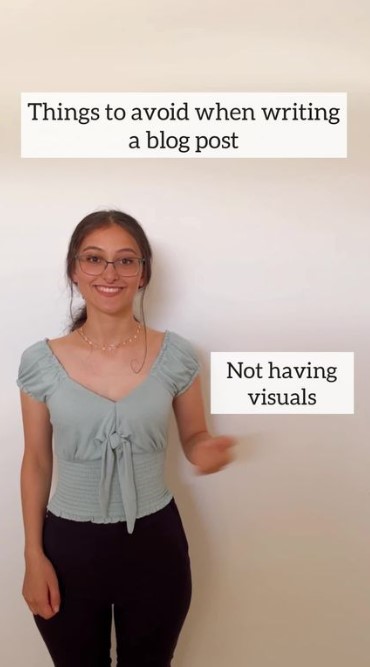Augmented reality (AR) adds digital overlays to the physical world often by using the camera on a smartphone. Examples of augmented reality experiences include Snapchat lenses and the game Pokemon Go.
Virtual reality (VR) implies a complete immersion experience that creates a simulated environment. Using VR devices such as HTC Vive, Oculus Rift or Google Cardboard, users can be moved to a number of real-world and imagined environments.
Virtual reality is one of the important marketing trends to pay attention in 2019. To explore how everything from communication to sales will be changed for marketers as AR and VR take hold, Facebook IQ commissioned a global survey and talked to internal experts who are shaping these technologies. Here are the results.
#1 AR became a part of our daily life
From emojis in chat apps to the video content raise, the visual communication is growing very fast. And even if they don’t think of it as AR, a lot of people nowadays enjoy some form of it on mobile.
The famous AR apps involve scanning, translating and other features to use.
So, we can see people using AR mostly through mobile-first formats, such as Instagram Stories and Snapchat. Across the Facebook family of apps, 1 billion stories are shared daily. Mobile is dominant, but AR is starting to extend to other devices. For example, Portal’s Story Time offers a vision into the future—where stories aren’t just told, they’re experienced together.
#2 VR will help people to defy distance
There is a prediction, that by 2020 1 in 5 users from the USA will experience VR content at least once a month. AR provides people chances to play with their physical environments, otherwise, VR can take them to the new reality.
Nowadays VR is becoming more and more accessible. Oculus Go, which is an all-in-one VR headset, is introducing new audiences to virtual reality. 80% of Go users are saying they’ve never owned other Oculus devices. People are engaging virtually—it doesn’t matter they’re
attending a live sports game or watching a concert together.
Here are some statistics from Facebook insights to go:
- 60% are interested in using VR to connect with friends, family and loved ones who are far away.
- 54% agree that VR will make people never have to miss an important event.
- 47% agree that VR will be considered as real as the physical world.
#3 AR and VR tend to transform the path to purchase
While e-commerce has become commonplace, in many cases, people still want to try products in person before purchasing. AR and VR can give buyers this opportunity. People are eager to use these technologies to streamline their shopping journey—from picking the right color of lipstick to planning their next vacations. According to Facebook Business, in the US 63% of internet users tried an AR experience created by a brand.
As for VR, the same research across 11 markets revealed that 63% of those surveyed are interested in using VR to view products without having to visit physical stores.
Today, some of the best ways for these people to connect with each other are through online groups, messaging and video calls. But in the years ahead, they’ll likely be able to feel as if they’re in the same room even when they’re hundreds or thousands of miles apart. Marketers can use these new technologies to make their campaign go viral on social media.
AR and VR are the future. People are already adopting AR: using photo filters and choosing VR for more immersive gaming. The virtual reality has a real impact on people, so brands should start using them to help their clients visualize and try products before buying them.









































